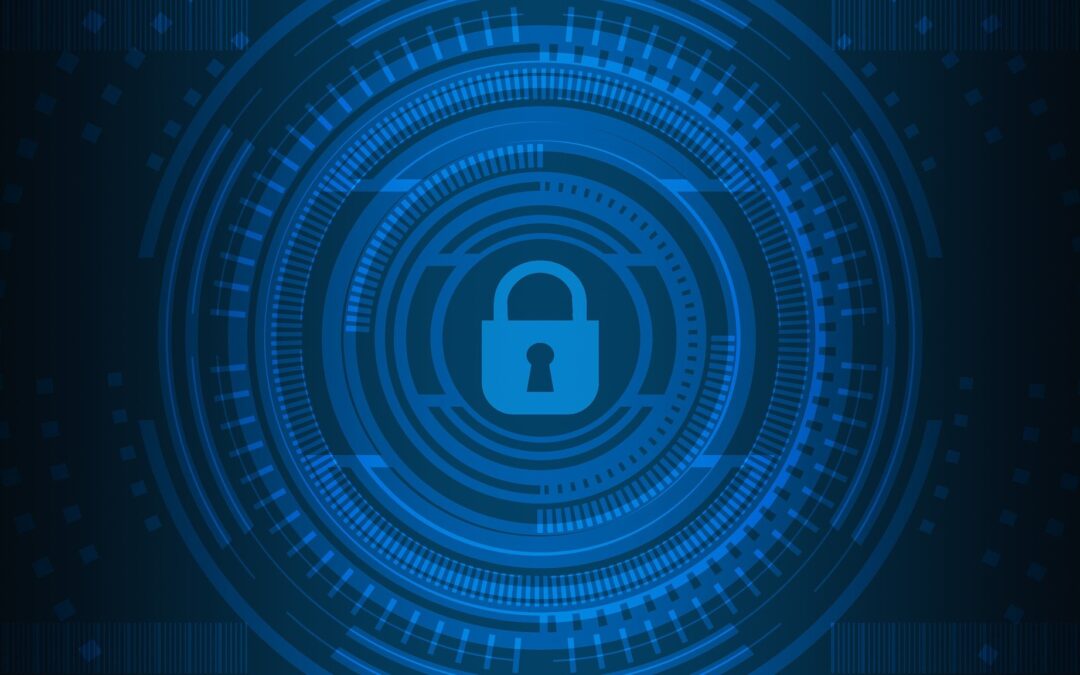Cybersecurity is a critical aspect of modern technology and one that cannot be ignored. The rise in cybercrime and cyber attacks has made it imperative for organizations to take proactive measures to protect their networks, systems, and data from malicious actors. Two of the most commonly used services in the cybersecurity industry are Managed Detection and Response (MDR) and Endpoint Detection and Response (EDR). In this blog, we will delve into what these services are, how they work, and why organizations should consider implementing them.
Managed Detection and Response (MDR) is a security service that provides organizations with 24/7 monitoring, threat detection, and response capabilities. The service is designed to help organizations detect, respond to, and prevent security incidents in real-time. MDR services typically use advanced technologies, such as artificial intelligence, machine learning, and threat intelligence, to identify and prioritize security threats and provide organizations with actionable insights. MDR services are usually delivered through the cloud, which enables organizations to access the service from anywhere, at any time.
Endpoint Detection and Response (EDR) is a security service that focuses on protecting endpoints, such as laptops, desktops, and mobile devices. EDR solutions provide organizations with the ability to detect and respond to security incidents that occur on endpoints, such as malware infections and unauthorized access. EDR services typically use a combination of signature-based detection, behavioral analysis, and machine learning to identify and respond to security threats. EDR solutions are usually delivered as software or as a cloud-based service, and can be easily deployed on endpoints to provide organizations with real-time protection.
So, why should organizations consider implementing MDR and EDR services? There are several reasons:
Proactive Protection: MDR and EDR services are designed to detect and respond to security incidents in real-time, which means that organizations can take proactive measures to prevent cyber attacks and minimize the impact of security incidents.
Advanced Threat Detection: MDR and EDR services use advanced technologies, such as artificial intelligence and machine learning, to identify and prioritize security threats, which is critical in today’s fast-paced security landscape.
Expertise and Scalability: MDR and EDR services are usually provided by security experts who have the necessary expertise and resources to identify and respond to security threats quickly and effectively. This enables organizations to benefit from the expertise of security professionals without having to invest in their own in-house security team.
Cost-effective: MDR and EDR services are typically more cost-effective than building and maintaining an in-house security team, and they provide organizations with access to the latest technologies and methodologies to protect their networks, systems, and data.
MDR and EDR services are critical for organizations to protect their networks, systems, and data from cyber threats. With the increasing frequency of cyber attacks, organizations cannot afford to ignore the importance of implementing these services. By providing organizations with real-time threat detection and response capabilities, MDR and EDR services ensure that organizations can respond to security incidents quickly and effectively, minimize the impact of security incidents, and protect their critical assets from malicious actors.


Recent Comments